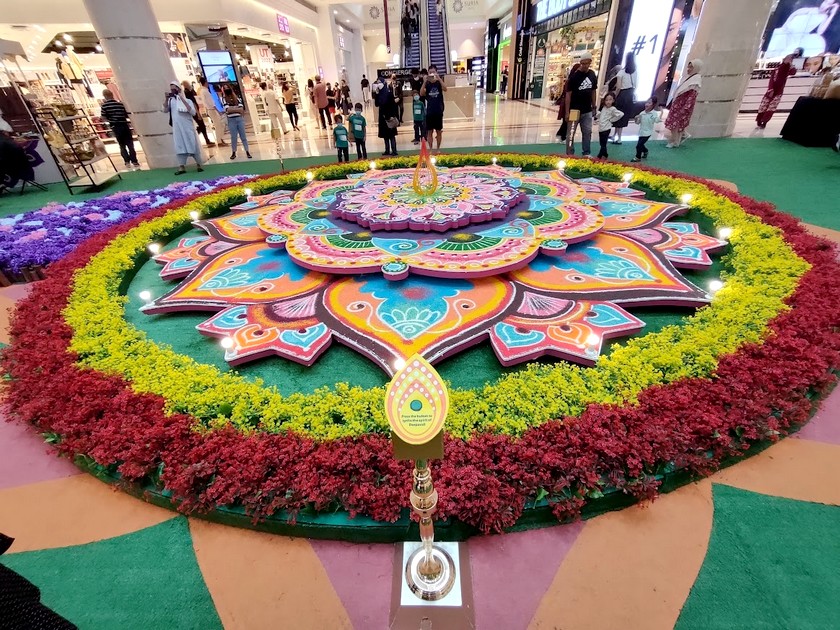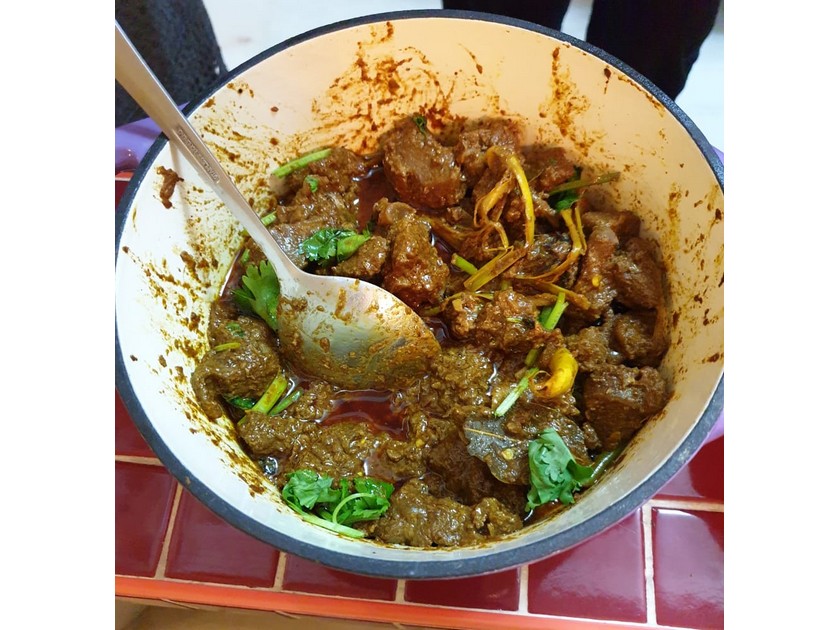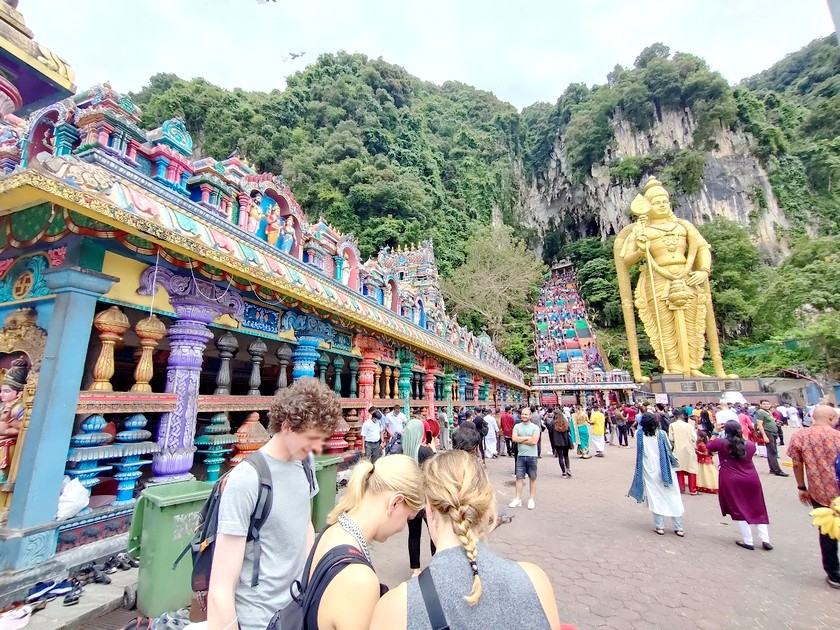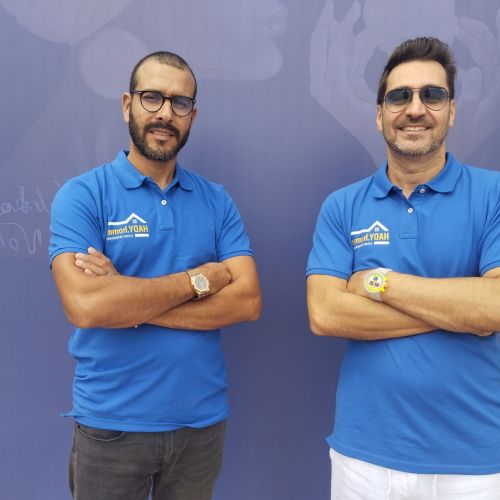Deepavali: How Is This Festival Celebrated In Malaysia?
In October 2022, I had the chance to go to Malaysia during the Deepavali or Diwali celebrations. I was able to discover the traditions related to this religious festival in a Hindu family. Here is how Deepavali is celebrated in Malaysia.
Should we say deepavali or diwali?
To begin with, it should be pointed out that the names Divali, Diwali and Deepavali refer to the same festival, which is, by the way, one of the most important for Indians.
'Divali' is the contracted form of 'deepavali' a name derived from the Sanskrit dîpa avali, 'row of lamps'. The Hindu family that hosted me in Malaysia actually prefers to use the full name of deepavali.
The name is a reminder that this festival, held for 5 days between late October and early November, is the festival of lights. The symbol of the oil lamp and the light can be seen in the many decorations that can be seen in the stores and large shopping malls of the capital (malls).

Copyright : Audrey Vautherot
These mandala-like decorations are made with sand or colored rice. Their size, sometimes impressive, is usually proportional to that of the mall.
However, Diwali is not limited to these few symbols. The origin and significance of this festival can be found in the Ramayana, one of the founding texts of Hindu mythology. Deepavali commemorates the return of the hero Rama to his kingdom of Ayodhia after his victory over the demon Ravana (who had kidnapped his wife Sita).
On the day of the festival itself, I had the chance to visit the Ramayana cave which is located at Batu Caves near Kuala Lumpur. This museum located inside a cave tells the famous epic of Rama in a colorful way. I was wondering 'What is the festival of Diwali?', I was able to understand it better thanks to this visit which immersed me in Hindu mythology.
How do we prepare the party?
I arrived in Malaysia on October 19, less than a week before the actual Deepavali day which fell on October 24, 2022 this year. So I was able to witness, to some extent, the preparations for the festival in the capital.
In the days leading up to the celebration, a short-lived market sets up in Brickfields, the Indian neighborhood of Kuala Lumpur also nicknamed Little India. The market is in full swing on the main street called Jalan Tun Sambanthan. Sales are organized for the occasion and Indian mothers do their last shopping to the sound of a deafening music.
They have to buy festive clothes (sari or other richly embroidered clothes) for the whole family, but also firecrackers and fireworks essential to a successful deepavali New Year's Eve!
In the families, they also prepare a large amount of food for the upcoming festive meals and as gifts. For example, I was given an entire jar of murukku, typical Deepavali treats. These are crunchy twisted salty, sweet or spicy cookies that are also served as an appetizer, as seen in the photo below.
How is Deepavali celebrated in Malaysia?
When I celebrated Deepavali with a Hindu family in Malaysia, I was invited twice, the day before the actual celebration and the day of. Both meals and the atmosphere reminded me a lot of our holiday celebrations, like New Year's Eve and Christmas Day even though the food and the meaning of the celebration were of course different.
The tradition is that we eat mutton which is the typical meat of Diwali (as lamb is the traditional Easter dish for us).

Copyright: Audrey Vautherot
On New Year's Eve, as soon as night falls, the whole family leaves the house to shoot fireworks in the street. The children, who are kept away from the rockets for their safety, have fun with little Bengal lights and finger-snapping firecrackers that they throw on the ground by handfuls to make as much noise as possible.
The next day, Hindu families go to the temple to pray and make offerings. I was able to take part in this part of the celebrations by going to the Batu Caves near Kuala Lumpur.

Copyright: Audrey Vautherot
Each family dresses for the occasion festive outfits of the same color. I have thus seen entire families, parents and children up to the youngest, dressed in the same shade of yellow, pink or orange for example.
Everyone is dressed up and taking selfies, even inside the sanctuary, which surprised me. I also noticed that many women had decorated their hair with garlands of perfumed jasmine.
After the temple, another festive meal is planned, again with mutton on the menu. The house where I was received was open that day to all visiting friends and the children were given gifts, just like Christmas Day at home. Family and friends gave them small toys, clothes or envelopes with money.
Between the fireworks the night before, the gifts, and the festive atmosphere, I understood better why the kids were overexcited during those few days they were out of school!
To conclude, I would like to thank Suba, Gopi and their family who welcomed me during this festival and who shared with me the traditions and the joy of Deepavali.







